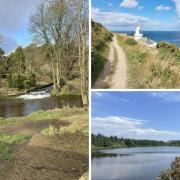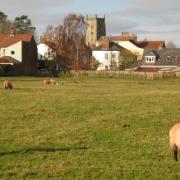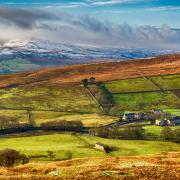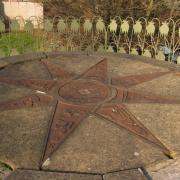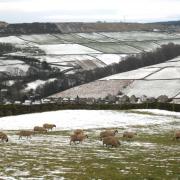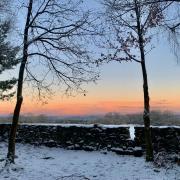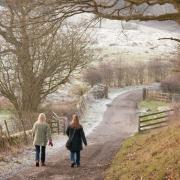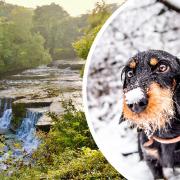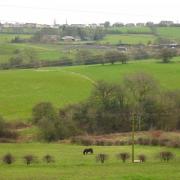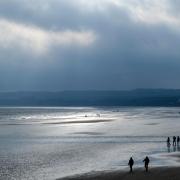Today the KIrkham Priory is Grade I listed making it one of the most protected structures in the country, but its status was very different during the Second World War when the ruins were used by the army preparing for the D-Day landings.

Tanks and other military craft were tested for their waterproofing in the river. Troops also made use of a high wall of the western cloister in training with scrambling nets which, during the subsequent invasion, they used to make their way from the main transport ships into the smaller landing craft. Underlining the importance of the training ground, Winston Churchill and King George VI visited the site in secret.

Another celebrated visitor was Charles Dickens who often came to Kirkham while staying with solicitor friend Charles Smithson in Malton in the 1840s. In a letter to painter Daniel Maclise Dickens wrote of the area: “I am quite serious in saying that this is the most remarkable place of its size in England and immeasurably the most beautiful”.
See what he meant on this short, easy walk from the village. The route takes you a steep hill and into a dimple in a hilltop where you’ll find the village of Crambe. Look out for the sweet Grade II-listed old school room next to the phone box.
The views over the plain descending towards and across the railway line are the best on the route. Navigation on the final stretch couldn’t be easier as the route follows the Derwent backed by Howsham Wood. It’s very popular, though, as the muddiness and breadth of the path clearly attest.

Directions
1. From priory car park head down and across river bridge and uphill. Follow road as it bears sharp L then ahead at crossroads. Turn L off road through kissing gate signed to Crambe. Proceed with hedge on R and through three gates then head across field in 1 o’clock direction towards lane and fingerpost beside a metal gate. (To have a look at Crambe keep ahead.)
2. Soon turn R at another fingerpost signed Barton, Whitwell and River Derwent. Pass through wooden field gate beside cottage on R then another field gate, keeping fence on L. Pass through hand gate, over scaffold bridge, through another hand gate and uphill, keeping fence on L. Footpath joins track from R after which pass through hand gate then L through hand gate signed River Derwent. At waymarker post turn R and downhill (no path). Pass through handgate and keep ahead to L of hedge.
3. Cross railway line with stiles before and after, heading to Rider Lane Farm. Follow way-markers around farm to R. Continue down farm drive to minor public road. Turn L then after 200m R onto footpath beside fingerpost to cross field. Go through hand gate and immediately over a bridge. Head towards power cable post, pass through hand gate then L onto riverside path.
4. This path leads you back over duckboards and four footbridges all the way to Kirkham. It’s very muddy after rain. At road pass through hand gate then turn R back to start.
Map: my.viewranger.com/route/details/MzU2MTQxMg
Compass points
Start/finish SE 734658.
Distance: 8kms (5 miles).
Accessibility: Fairly easy, with just one short, steep climb at the start.
Time: 2 hours.
Parking: Free but limited parking beside the priory.
Refreshments: The Stone Trough Inn, Kirkham (thestonetroughinn.com). Map: SE 739658.
Westow Cricket Club pavilion (westowcricketclub.co.uk) for teas, coffees and cakes at weekends 10am-1pm. Map: SE 751653.




